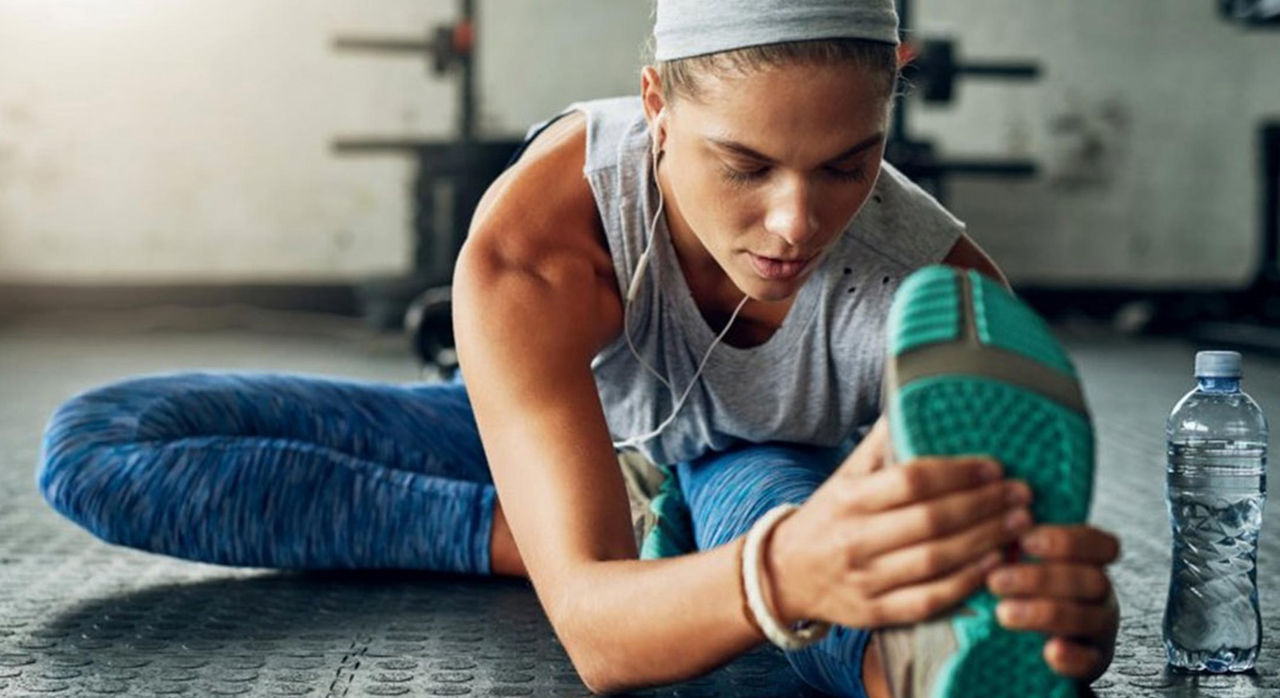-
- Find Care
-
- Visitor Information
- Find a Location
- Shuttles
- Visitor Policies
-
-
- Our Virtual Care Options
- Virtual Urgent Care
- Virtual Visits for Primary & Specialty Care
- Online Second Opinions
- Participate in Research
-
- Contact us
-
- For Innovators
- Commercialization Guide for Innovators
-
-
- Research News
- Alzheimer's Disease
- Artificial Intelligence
-
- Overview
-
- Overview
- Getting Started
- New to Mass General Brigham
- International Patient Services
- What Is Patient Gateway?
- Planning Your Visit
- Find a Doctor (opens link in new tab)
- Appointments
- Patient Resources
- Health & Wellness
- Flu, COVID-19, & RSV
- Billing & Insurance
- Financial Assistance
- Medicare and MassHealth ACOs
- Participate in Research
- Educational Resources
- Visitor Information
- Find a Location
- Shuttles
- Visitor Policies
- Find Care
-
- Overview
- Our Virtual Care Options
- Virtual Urgent Care
- Virtual Visits for Primary & Specialty Care
- Online Second Opinions
-
- Overview
- Participate in Research
-
- Overview
- About Innovation
- About
- Team
- News
- For Industry
- Venture Capital and Investments
- World Medical Innovation Forum (opens link in new tab)
- Featured Licensing Opportunities
- For Innovators
- Commercialization Guide for Innovators
- Contact us
-
- Overview
- Information for Researchers
- Compliance Office
- Research Cores
- Clinical Trials
- Advisory Services
- Featured Research
- Two Centuries of Breakthroughs
- Advances in Motion (opens link in new tab)
- Brigham on a Mission (opens link in new tab)
- Gene and Cell Therapy Institute
- Research News
- Alzheimer's Disease
- Artificial Intelligence
-
- Overview
-
- Overview
- Residency & fellowship programs
- Brigham and Women's Hospital
- Massachusetts General Hospital
- Mass Eye and Ear
- Newton-Wellesley Hospital
- Salem Hospital
- Integrated Mass General Brigham Programs
- Centers of Expertise
- Global & Community Health
- Health Policy & Management
- Healthcare Quality & Patient Safey
- Medical Education
- For trainees
- Prospective trainees
- Incoming trainees
- Current trainees
- Continuing Professional Development
How Can ACL Injuries Be Prevented in Female Athletes?

The ACL is the ligament that connects the thigh bone and the shin bone at the knee, and ACL tears are among the most common knee injuries for athletes who are active in sports like soccer, football, basketball, skiing or tennis. Females are particularly prone to these injuries. In fact, young female athletes are up to eight times more likely to sustain ACL tears compared to male athletes.
"We have studied many potential risk factors for female athletes including anatomy, strength and hormonal influences.” says Elizabeth Matzkin, MD, Mass General Brigham Orthopaedic Surgeon and Sports Medicine specialist and Chief of Women’s Sports Medicine at Brigham & Women’s Hospital. "For example, females when compared to males may be more likely to rely on their quadricep muscles when slowing down, which could put extra stress on the ACL."
One way to reduce the risk of ACL injury is neuromuscular training exercises. These are exercises designed to increase strength and proper balance awareness, especially for sports performance.
How Can ACL Injuries Be Prevented with Neuromuscular Training?
Neuromuscular training incorporates general and sports-specific strength and conditioning activities including resistance, dynamic stability, plyometric, core strength, balance and agility exercises.
"The exercises train the nerves and muscles to react and work together for best performance," Dr. Matzkin says.
These activities can be tailored to any type of sport or athlete. For female athletes at higher risk for ACL injuries, the training strengthens the muscles around the knee and hip so the hip flexors, abductors and quadriceps can work well together.
"It's really working on strength and awareness, so athletes have good balance, form and technique," Dr. Matzkin says. "In fact, maintaining excellent strength of the hip flexors, abductors and quads is one of the only things we can control to help prevent knee injuries.”
Adding Neuromuscular Activities to Training
Neuromuscular training protects against ACL injuries when performed early and often. Because ACL injuries peak during the middle teenage years, many experts recommend that female athletes begin practicing neuromuscular exercises in their early teens. This can lay the foundation for stronger proximal muscles before they're most vulnerable to injury.
Some of the most beneficial exercises include:
- Core strengthening such as planks, side planks and abdominal crunches
- Resistance training such as squats, lunges and deadlifts
- Speed training such as ladder drills, side shuffles and sprints
Research shows that athletes reap the biggest benefits when they engage in neuromuscular training for 20 minutes at least twice a week and receive verbal feedback on their performance from a coach or trainer.
Should You Train with a Physical Therapist?
Performing neuromuscular training as part of warm-ups or scheduled team practices may be enough for some young female athletes, especially those who only plan to play recreationally. Those who plan to play competitively in high school, college, or beyond may benefit from sessions with a physical therapist. Training can be done either one-on-one or as part of a group, says Dr. Matzkin.